Solar panels have revolutionized the way we harness energy, providing a clean and renewable alternative to traditional power sources. However, a common question arises: do solar panels work at night? The short answer is no, but there’s more to the story. Let’s delve into how solar panels operate, their limitations, and solutions to keep your home powered around the clock.
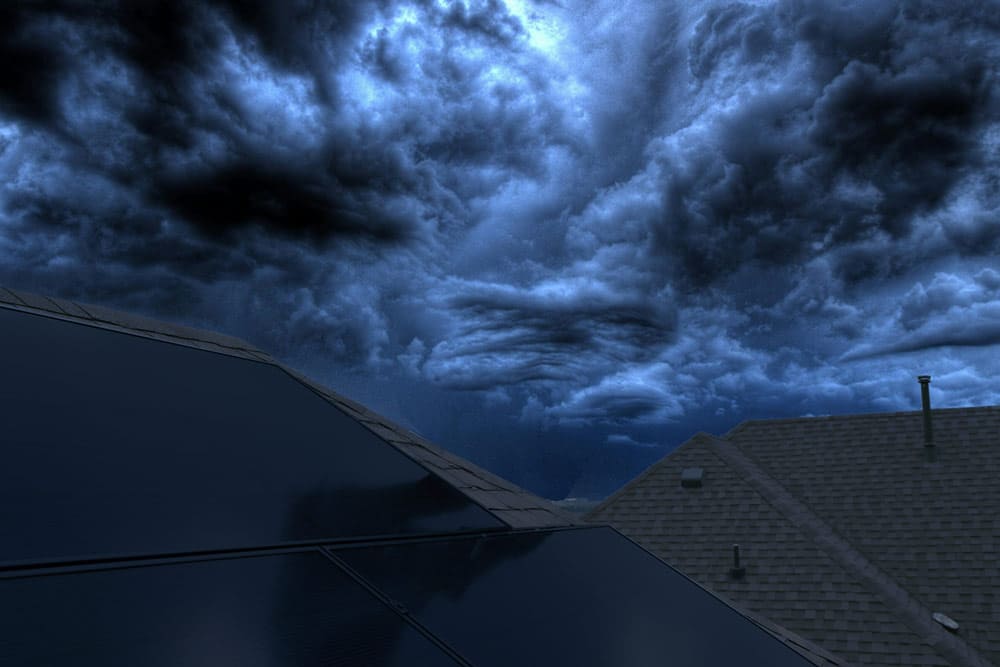
How Do Solar Panels Work?
Solar panels function by converting sunlight into electricity through photovoltaic (PV) cells. These cells are made from semiconducting materials, such as silicon, that generate an electric current when exposed to sunlight. The energy produced is in direct current (DC) form, which is then converted to alternating current (AC) by an inverter, making it usable for your home’s appliances.
This process relies entirely on sunlight, which means solar panels cannot generate electricity at night. Without sunlight to trigger the photovoltaic effect, the panels become inactive after sunset. This natural limitation leads homeowners to explore alternative solutions for nighttime power needs.
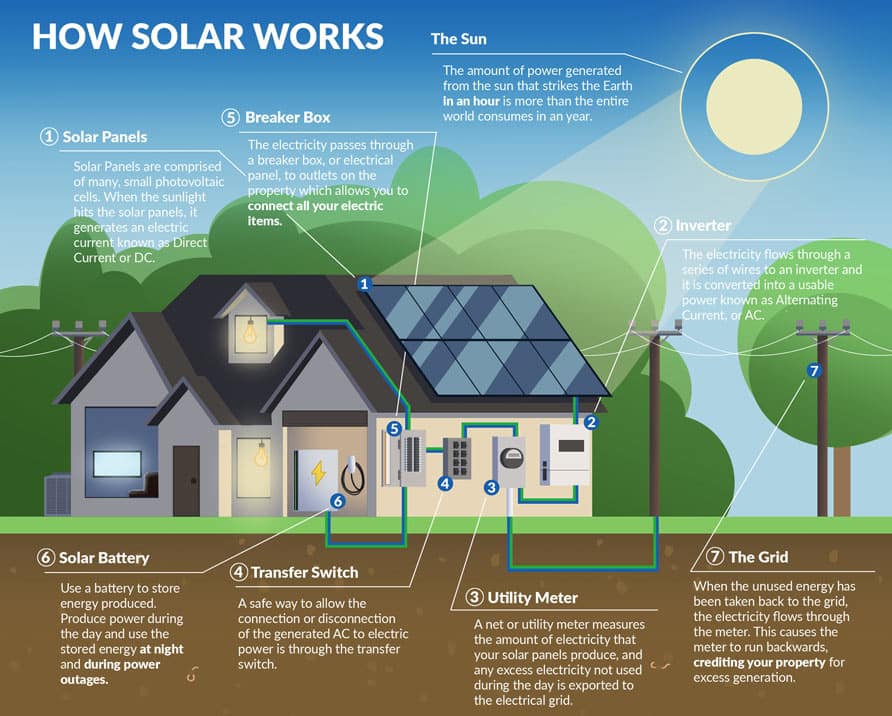
The Role of Shade and Inverters: String vs. Microinverters
Understanding how shade impacts solar panels is essential for optimizing their performance. Solar panels rely on direct sunlight to generate electricity, so any obstruction—such as trees, buildings, or debris—can reduce their efficiency. Even partial shading can cause significant drops in energy production, highlighting the importance of strategic panel placement and system design.
To address shading issues, choosing the right inverter system is crucial. Two primary types of inverters are commonly used: string inverters and microinverters.
- String Inverters: These connect multiple solar panels in a series. While cost-effective, their performance depends on the least efficient panel in the string. If one panel is shaded, the entire system’s output drops significantly, making them less ideal for installations in shaded areas.
- Microinverters: These are installed on each individual panel, allowing them to operate independently. As a result, partial shading affects only the shaded panel, not the entire array. This setup is ideal for maximizing energy production in areas prone to shade and ensures consistent performance even when some panels are obstructed.
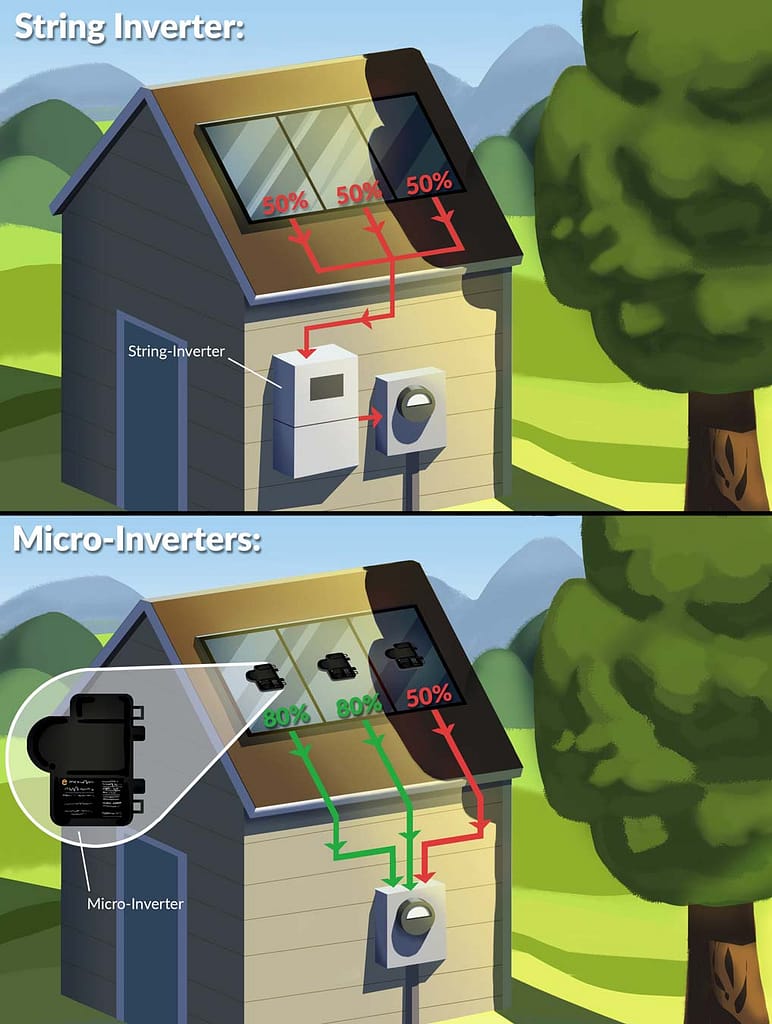
By understanding the impact of shading and selecting the appropriate inverter type, homeowners can ensure their solar panels operate efficiently and deliver consistent energy output, regardless of environmental challenges.
Can Solar Panels Work on Cloudy Days?
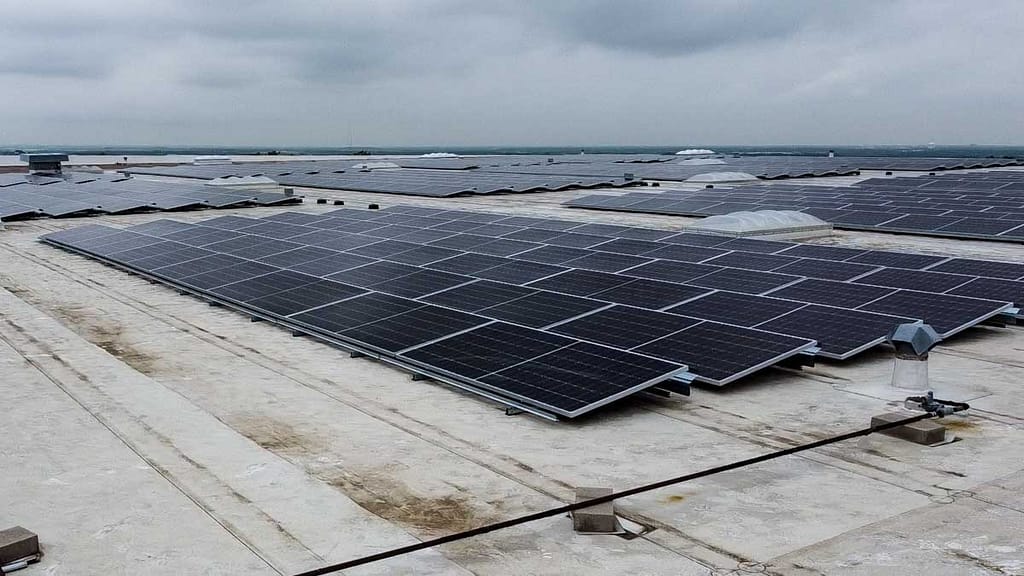
While solar panels cannot function at night, they do work on cloudy days. Though energy production is reduced, panels can still generate electricity because they rely on visible light, which penetrates clouds. Studies show that solar panels can produce 10-25% of their typical output on overcast days, depending on cloud density.
Certain regions, such as Germany, have successfully adopted solar energy despite frequent cloudy weather. This demonstrates that solar panels remain a viable energy source even in less-than-ideal conditions.
Powering Your Home at Night with Solar Batteries
To ensure your home remains powered after the sun sets, solar batteries provide an effective solution. These batteries store excess energy generated during the day for use at night or during power outages. Here’s how they work:
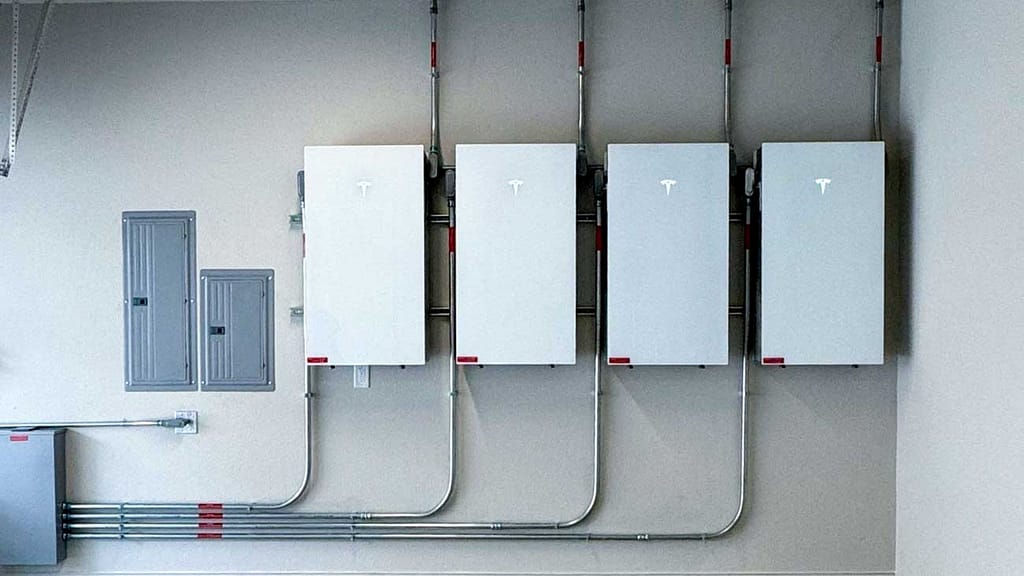
- Daytime Charging: When sunlight is abundant, solar panels produce more electricity than your home consumes. This surplus energy is stored in the battery.
- Nighttime Use: After sunset, the stored energy is discharged to power your home, reducing reliance on the grid.
Popular battery options like the Tesla Powerwall are designed to integrate seamlessly with solar systems. While adding a battery increases the upfront cost, it enhances energy independence and can lead to long-term savings. If you’re interested in a battery backup, contact a reputable company such as Good Faith Energy, the highest rated solar company in Texas.
Why Solar Panels Are Still Worth It
Despite their inability to produce electricity at night, solar panels remain an excellent investment. Their ability to harness energy during the day, even in cloudy weather, significantly reduces electricity bills and carbon footprints. Pairing them with a battery storage system ensures a consistent power supply and further maximizes their benefits.
Key Takeaways
- Solar panels cannot generate electricity without sunlight, making them inactive at night.
- Shading impacts performance, but microinverters mitigate this issue better than string inverters.
- Solar panels work on cloudy days, producing 10-25% of their typical output.
- Solar batteries store daytime energy for nighttime use, ensuring uninterrupted power.
Investing in a solar system with the right components and storage solutions can provide clean, reliable energy for years to come. With thoughtful planning, you can enjoy the benefits of solar power day and night.